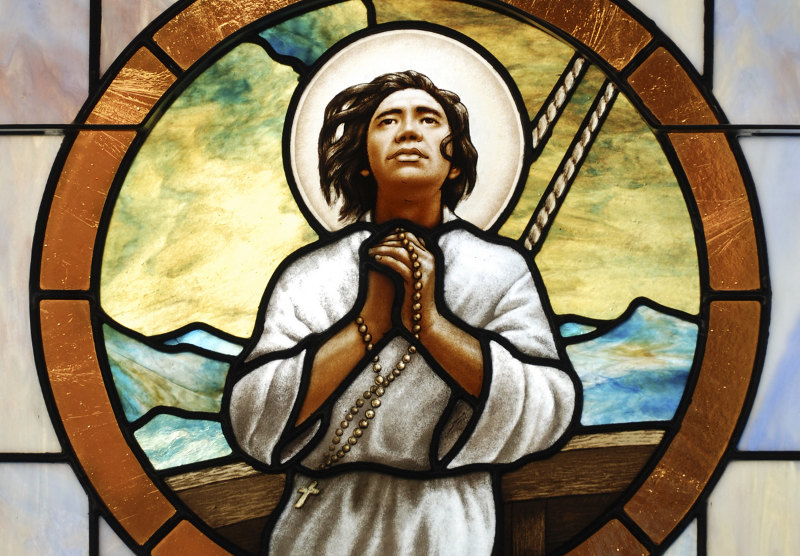
Martyrdom
I should like to seal with my blood the virtues and truths which I have preached and taught.” ―St. Anthony Mary Claret
Work-related migration will continue to be an issue that families and communities face given current trends in globalization and inequality in economic opportunities in developing countries. Families who will want better lives will not be able to resist opportunities to migrate for better work and livelihood. On the other end of the deal is that the government will continue to welcome the migrant march of their local skills heading abroad because of their contribution to the local economy. Overseas Filipino Workers are considered modern-day martyrs and our nation’s economic heroes. The Central Bank of the Philippines reported that in 2022, remittances from OFWs broke records with a 3.6 percent increase from US$34.88 billion to a new high of US$36.14 billion.
There are, however, massive social downsides to the trend of Filipino working abroad. For every Filipino working abroad, there will be children that have to emotionally and socially survive with just one parent (or even both) for long periods of time. There is also the recurring pattern of various forms of abuse inflicted upon Filipino working abroad. For instance, data from the Philippine Overseas Labor Offices show that in the Middle East alone, there were 4,302 cases of abuse in 2020. Statistics also show that 70% of Filipino domestic workers in Saudi Arabia have reported physical and psychological abuse.
We refer to our OFWs as martyrs, but what concept of martyrdom are we talking about here? A definition of martyrdom we can turn to is one presented by T.S. Eliot. Eliot is acknowledged as one of the greatest poets of the 20th century, and is a central figure in English-language Modernist poetry. In 1927, he converted from Unitarianism to Anglicanism. Thirty years after he converted, he referred to himself as having “a Catholic cast of mind, a Calvinist heritage, and a Puritanical temperament”. He defined martyrdom in his book “Murder in the Cathedral”, “Martyrdom is always the design of God, for His love of men, to warn them and to lead them, to bring them back to His ways.”
A definition of martyrdom closer to our hearts and our shores comes in the life of our Filipino martyr Saint Lorenzo Ruiz. Lorenzo was working as a clerk for the Binondo Church in Manila when he was falsely accused of killing a Spaniard during the time when the Philippines was a colony of Spain. He then sought asylum on board a ship, together with three Dominican priests, en route to Okinawa, Japan on the 10th of June year 1636.
At that time, Japan was under the rule of the Tokugawa Shogunate, whose rulers were fearful of Christian missionaries who they believed intended to invade Japan via the propagation of the Christian religion. It was in this situation when Lorenzo reached the shores of Okinawa, and experienced forced separation from his family. Since he was with Christian missionaries, Lorenzo suffered the same fate of physical abuse and torture. Two years after their arrest, they were transferred to Nagasaki to face trial through tsurushi. This method of torture involved binding the victim with one hand always left free so that the individual may signal their desire to recant, leading to their release. Despite this pain of torture, Lorenzo refused to renounce Christianity and died from eventual blood loss of suffocation. As he was dying, his words were, “I am a Catholic and wholeheartedly accept death for God; had I a thousand lives, all these to Him I shall offer.”


No Comments